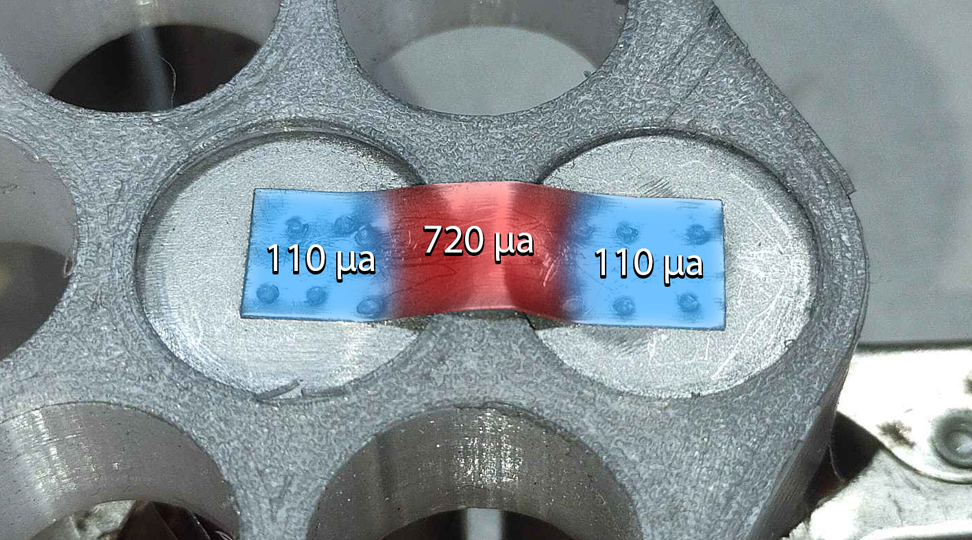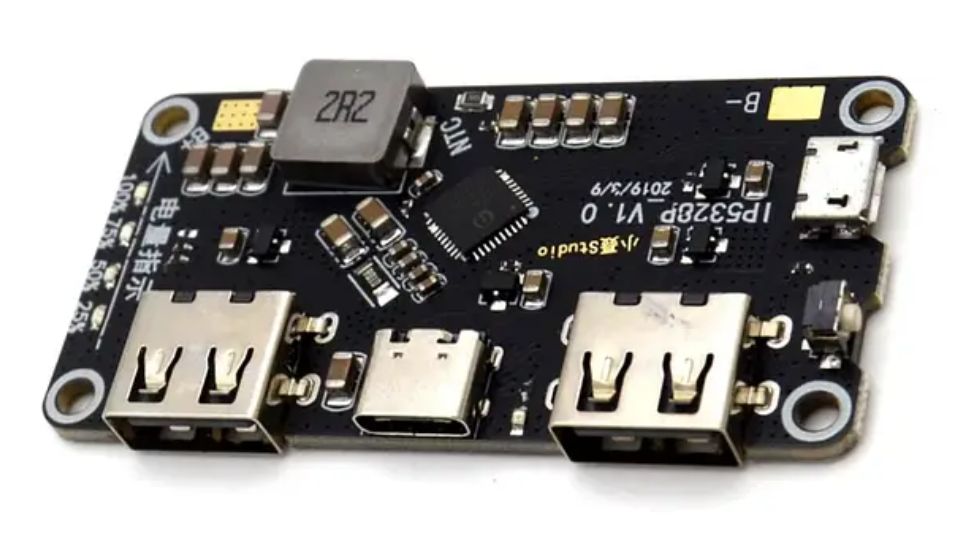
What is P and C On A BMS
Table of Contents
The P connection on a BMS is the battery pack's discharge port and the C connection is the battery’s charging input.
Only negative lines connect to these points because a BMS is an N-channel device. that uses N-channel MOSFETs to perform all of its functions. In a split-port BMS, three primary connections exist P, C, and B. While P and C have been previously explained, B serves as the main battery negative connection. In a common-port BMS, the C connection is absent, leaving only B and P. This is because in a common-port BMS, both charging and discharging processes are managed through a single port.
What is the P On A BMS?
The P connection, or discharge port, in a BMS plays a crucial role in managing the battery pack's power output. Connected to the battery pack's negative terminal, the P connection allows for the controlled discharge of energy through the BMS's protected output.
This helps to ensure that the battery operates within its safe voltage and current limits, minimizing the risk of damage or degradation due to excessive discharge rates or over-discharge conditions. By regulating the power output, the BMS also maintains the battery's temperature within safe operating ranges, preventing thermal runaway and other safety hazards.
What is the C On A BMS?
The C connection in a BMS, on the other hand, serves as the charging input for the battery. Through its protected charging input connection, the C connection facilitates the controlled flow of current into the battery pack during the charging process.
Like the P connection, the C connection is connected to the battery pack's negative terminal, enabling the BMS to monitor and manage the charging process. This ensures that the battery is charged safely and efficiently, preventing overcharging, overheating, and other potential issues that can affect the battery's lifespan and performance. If you ever see a C port on a BMS, then you can be pretty. It's a split port. It could also be a configurable BMS, but those aren’t very common.
How Does A BMS Work?
A BMS is an N-channel device that uses N-channel MOSFETs (Metal-Oxide-Semiconductor Field-Effect Transistors) to perform its functions. This means that the BMS operates on the negative leg of the battery, and the P, C, and B connections serve as the negative terminals for their respective functions. The positive leg of the battery remains unaffected by and does not all have to connect to the charge or discharge ports of the BMS.
A BMS monitors the voltage of the cell groups and the overall current passing into or out of the battery. If anything happens out of the ordinary, the BMS will shut off to protect you and the battery. Once the BMS turns off to protect the battery it has gone into safe mode which you can wake the BMS from.
[[ aff type=cta ~ bg=`` ~ main=`Guided BMS Picker` ~ second=`Need help picking a BMS, use the tool found at the link below to get guided to the correct BMS. ` ~ btnText=`BMS Picker` ~ btnLink=`https://cellsaviors.com/bms-picker` ~ align=`center` ]]
Split Port vs. Common Port BMS:
There are two main types of BMS configurations – split port and common port. In a split port BMS, there are three primary connections: P, C, and B. The P and C connections serve as the discharge and charging ports, and the B connection links the main battery negative terminal.
In a common port BMS, however, the C connection is absent, leaving only the B and P connections. This is because the common port BMS combines the charging and discharging functions into a single port. Consequently, this configuration streamlines the management process and reduces the complexity of the BMS.
Configurable BMS:
There are some rare BMS models that offer configurability, allowing users to set up the system as either a split port or common port BMS. In such cases, enabling the common port mode involves using the C connection in the same manner as the P connection and disregarding the P connection altogether. This flexibility caters to various application requirements and preferences, providing users with greater control over their battery management system.



